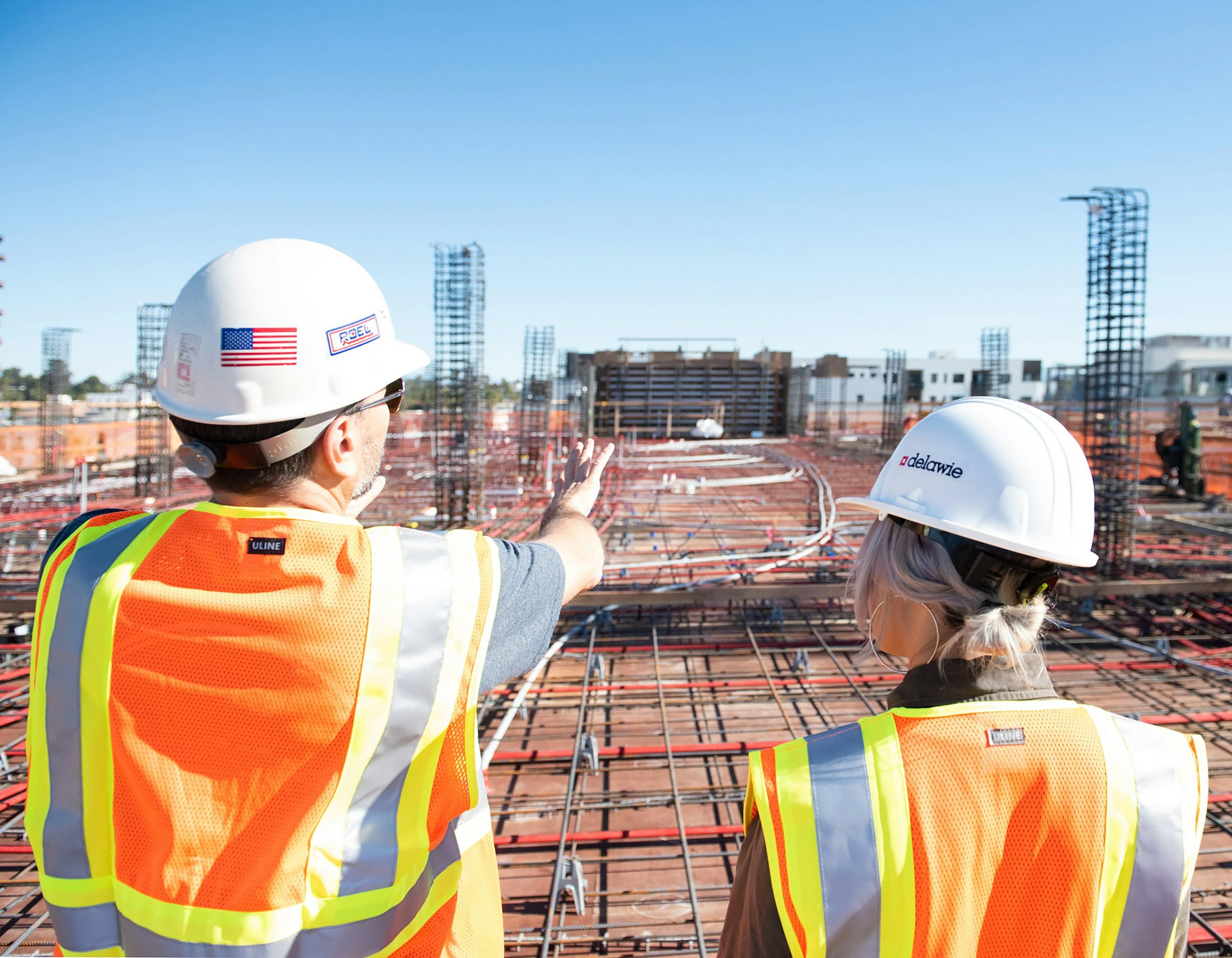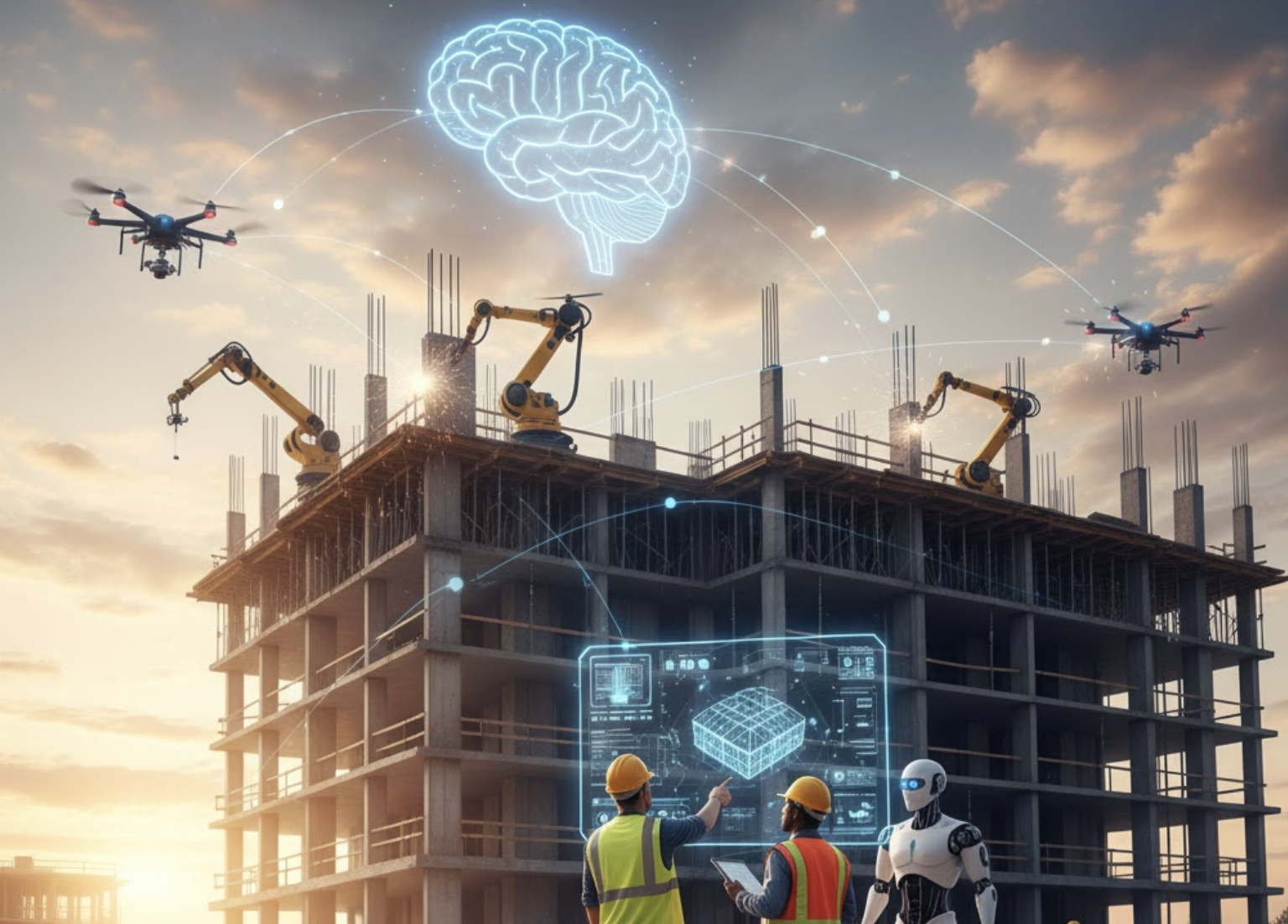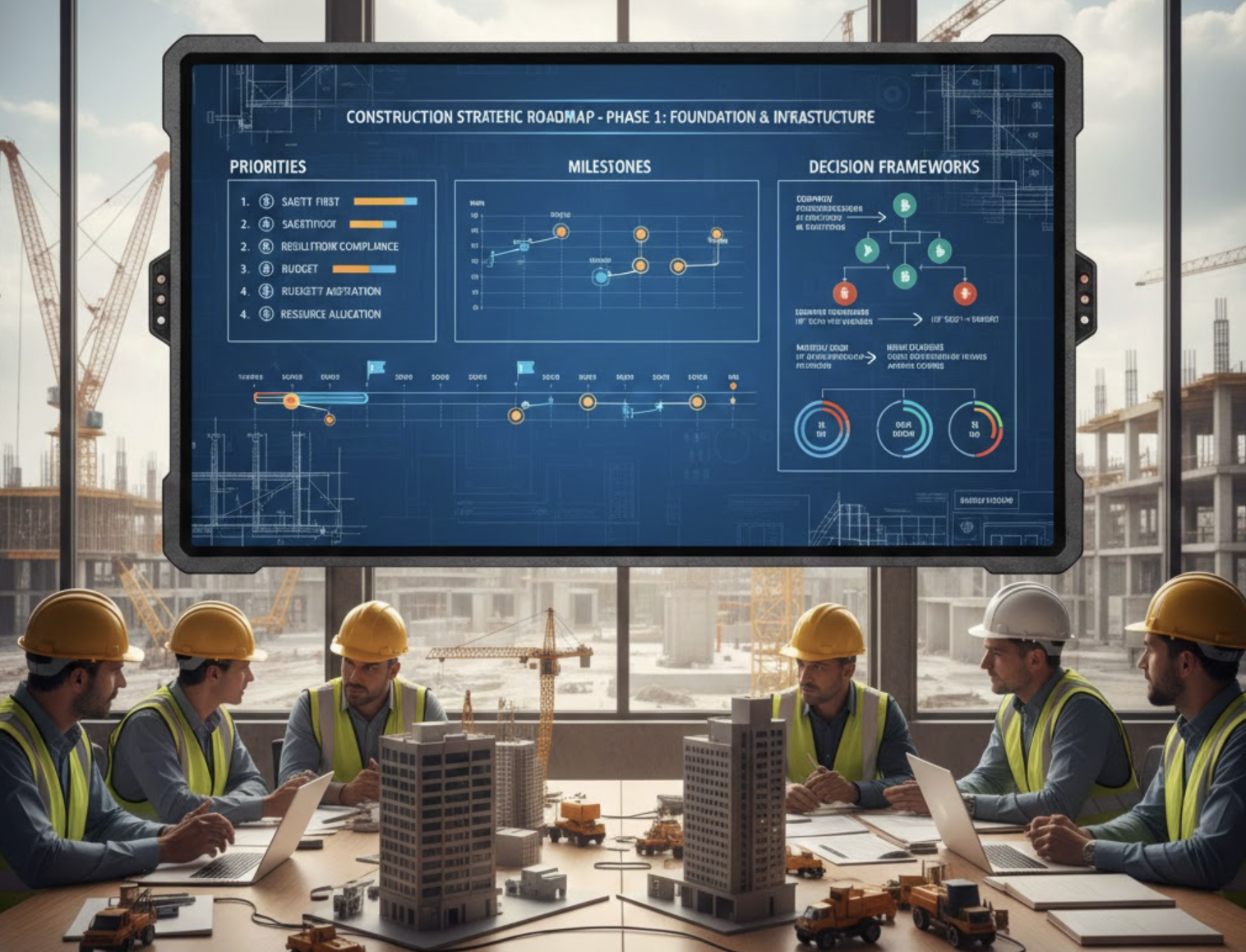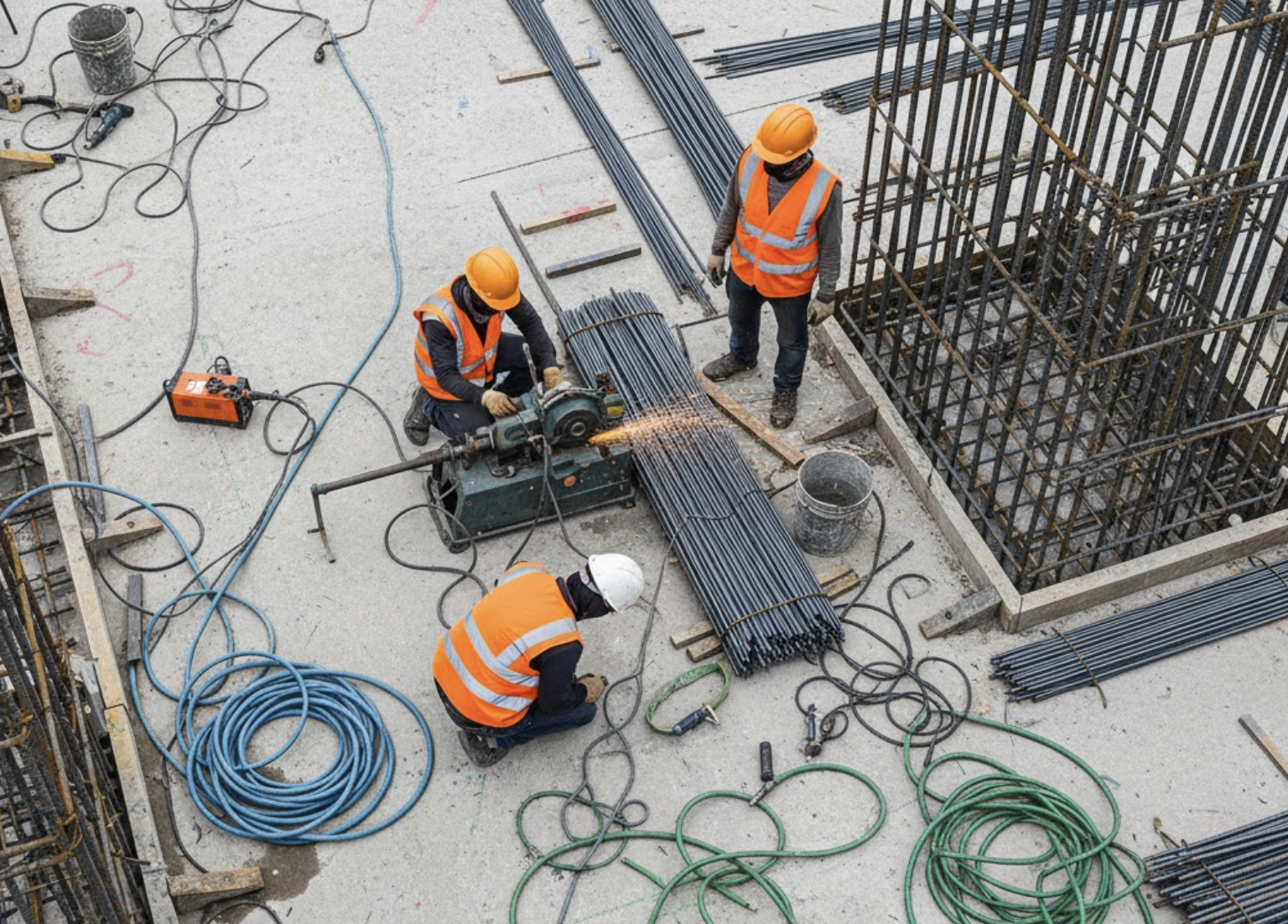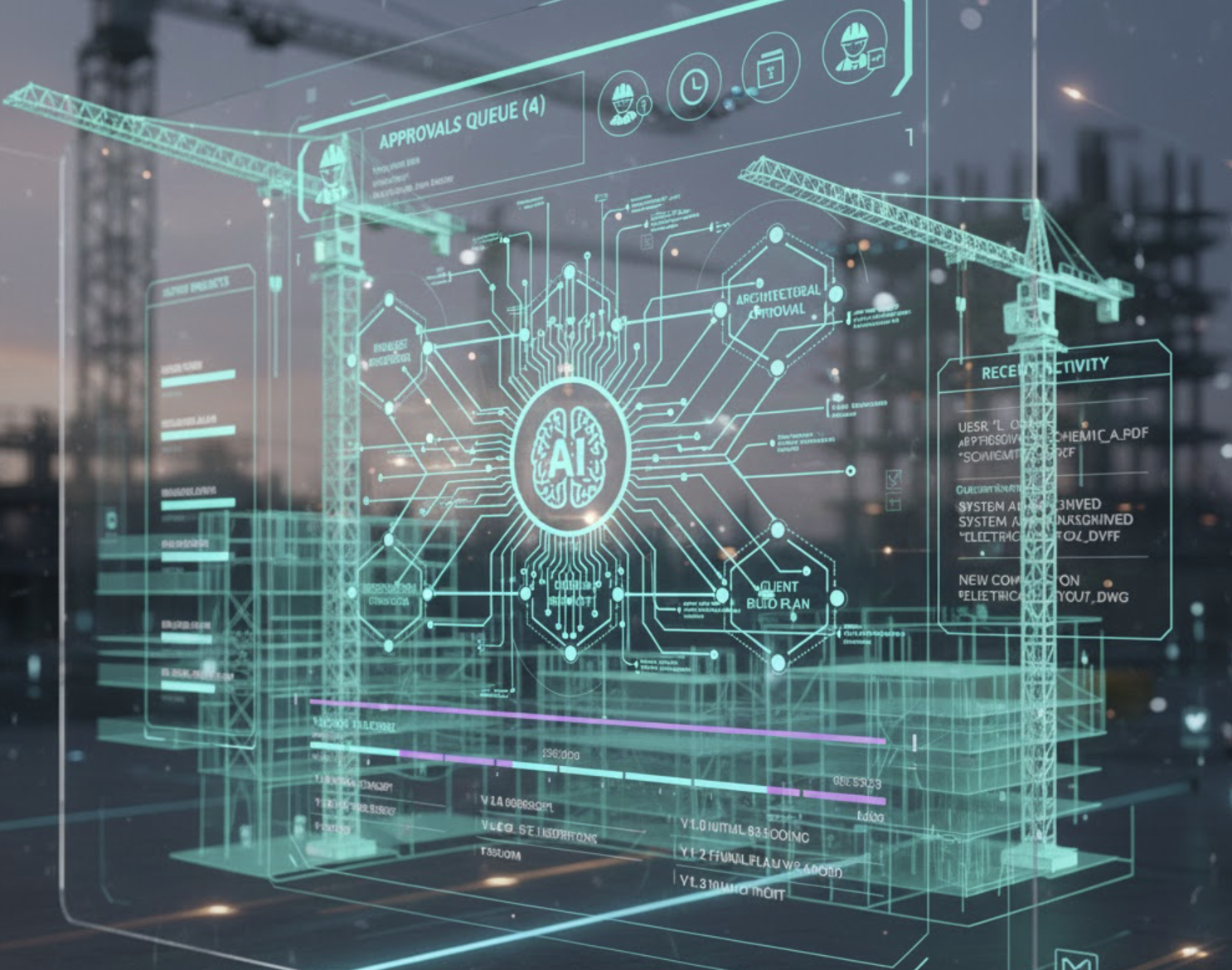Bridging the Gap Between Site and Consultant: Centralizing Document Feedback
Centralizing document feedback is crucial for ensuring seamless communication and collaboration between construction sites and consultants. Here’s a detailed look at the process and best practices involved in improving document review and management through the implementation of effective platforms.
Key Concepts
Documentation Review Process
The documentation review process involves a systematic evaluation of documents to ensure accuracy, completeness, consistency, and compliance with relevant standards. Utilizing construction project management software can vastly improve this process. It comprises multiple stages of review and feedback incorporation, ensuring that each document meets the high standards required in construction and consulting.
Stages of Document Review
- Initial Review: This is the first stage where the document is assessed for technical accuracy and completeness.
- Peer Review: Colleagues review the document for additional insights and to catch any oversights.
- User Review: Feedback may be gathered from users or early adopters to ensure that the document meets their needs.
- Final Review: The internal team, possibly an editor, conducts the final review to ensure formatting, consistency, and overall quality.
Centralizing Feedback
Collect and Categorize Feedback
A structured approach to gather and organize feedback is essential. Utilizing document management systems enables the collection of contextual feedback on documents and other digital assets, categorizing comments by type (e.g., technical, editorial, compliance) and assigning them to the appropriate team members. Centralized document storage systems also enhance the accessibility of this information, which is vital for efficient collaboration.
Implement Changes and Track Revisions
Accurate implementation of changes based on feedback and keeping a record of all revisions are critical. This involves updating the document with the necessary modifications and tracking who made specific changes using construction document management tools. Assigning revisions ensures transparency and accountability among team members, fostering a culture of responsibility.
Best Practices
Use of Collaboration Tools
Leveraging collaboration tools, such as Zepth’s integrated solutions, allows for centralized feedback collection and categorization, streamlining the review process. AI-driven tools further enhance this by automating certain reviews, such as grammar checks or consistency analyses, thereby allowing human reviewers to focus on critical content aspects.
Clear Communication Channels
Establishing clear communication channels between site teams and consultants is vital. Tools like Zepth Mail simplify project communication by organizing messages and linking them to relevant project activities, ensuring prompt feedback handling and aligning all stakeholders.
Continuous Improvement
Encouraging a culture of continuous improvement through regular document reviews and updates based on feedback can significantly enhance the quality and relevance of documentation. This practice, when combined with construction financial tracking software, helps maintain budgets and resource allocation effectively.
Use Cases
Construction Projects
In construction projects, centralizing document feedback aids in ensuring that site plans, safety protocols, and regulatory compliance documents are accurate and up-to-date. A centralized approach reduces the risk of errors and delays, thereby improving overall project efficiency. Tools like construction progress reports are essential for tracking document compliance throughout the project lifecycle.
Consulting Firms
For consulting firms, centralizing feedback is a method of maintaining high-quality documentation that meets client needs. Thorough document reviews decrease the likelihood of errors and boost client satisfaction. By integrating AI tools for construction, these firms can enhance their documentation processes, making them more responsive to client requirements.
Emerging Innovations
Digital Collaboration Platforms
The use of digital collaboration platforms is increasing in significance. Tools like Zepth facilitate real-time collaboration, centralized feedback collection, and version control. This functionality transforms the document review process into one that is more efficient, transparent, and effective.
AI-Driven Review Tools
AI-driven review tools are emerging as a reliable solution for automating aspects of the review process, providing quick grammar and compliance checks. This allows human reviewers to focus on crucial content evaluations, ensuring a higher quality of documentation is achieved during the construction lifecycle.
How Zepth Can Help
Centralized Collaboration
Zepth offers centralized collaboration tools that facilitate seamless work between site teams and consultants. These tools streamline real-time feedback collection, categorization, and task assignment, ensuring all parties remain aligned, thorough, and that all documents are of high quality.
Version Control and Tracking
Zepth’s platform provides robust version control and tracking features. Teams can keep accurate records of all revisions made to documentation. This level of detail fosters an environment of transparency and accountability, which is paramount in successful construction project management.
Integrated Workflow Management
The integrated workflow management capabilities within Zepth enhance the efficiency and effectiveness of the document review process. These features automate workflows, assign tasks, and track progress, ensuring seamless operations from document drafting to final sign-off, making project delivery efficient and timely.
By leveraging these tools and best practices, construction sites and consultants can bridge communication and collaboration gaps, ensuring documents are accurate, complete, and meet the needs of all stakeholders.
